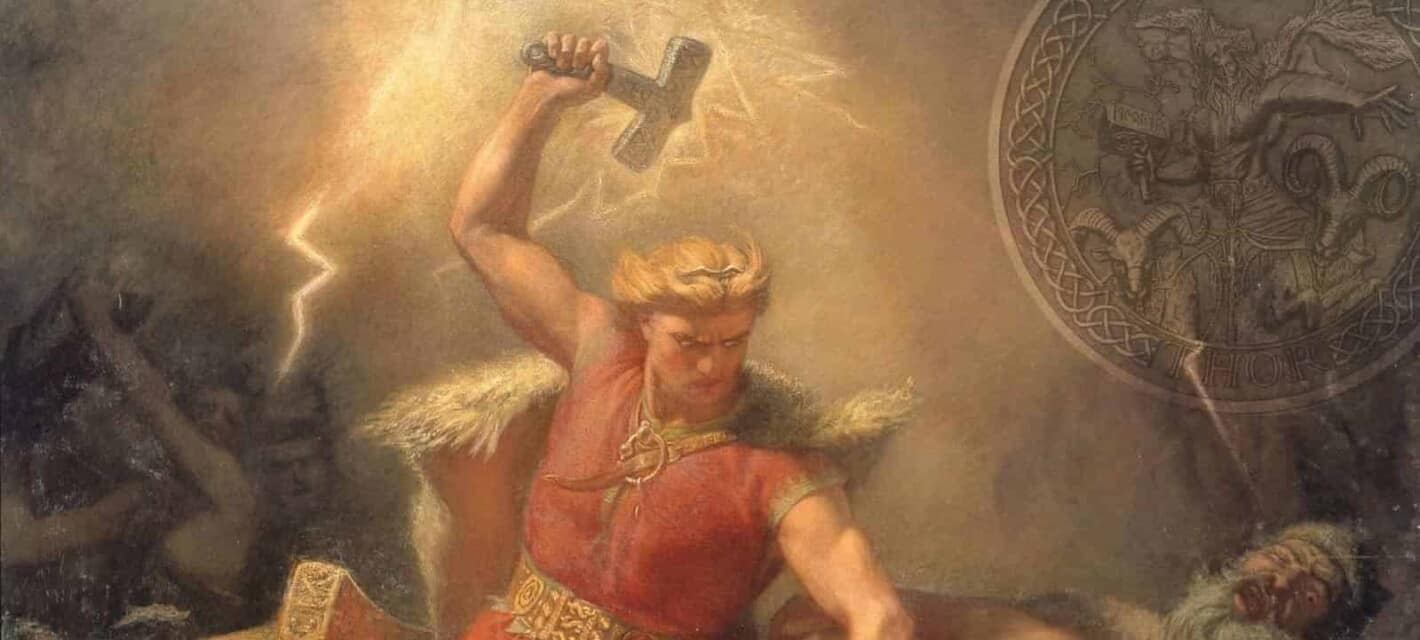When the Vikings first began their raids on England in 787, they had their own pagan religion. Many stories were told about the numerous gods, giants, and monsters that made up Norse mythology. Our knowledge of Norse gods might begin and end with the fact that almost all of the days of the week are named after Norse deities, but most of us would find it difficult to recall any more information about the religious beliefs of the Vikings.
It is a shame that a classical education leaves us with a better understanding of the Greek and Roman myths, while the Vikings are sometimes left behind. The Vikings left their mark on the English language and our psyche, and what they believed is important and well worth discovering. Let us have a closer look at some of the Norse gods.

5. Loki
Loki is known as the trickster god. He is the son of the giants Fárbauti and Laufey and the father of Hel; the spelling is different but the meaning is the same. Hel governs the place of the same name where she receives a percentage of the dead. Loki’s ability to father beings such as a wolf (Fenrir) and a serpent (Jörmungandr) is overshadowed by his ability to give birth (in the form of a mare) to the eight-legged horse Sleipnir.
Having parents who were both giants put him on a collision path with the gods, as giants are the enemies of the gods. Loki’s actions bring about events that would lead to the destruction of the gods. The death of the beautiful Baldr leads to mass mourning across Asgard.
Loki does not share the remorse and takes every opportunity to show his true feelings. During a punishment ritual which included three boulders being placed under his shoulders, loins, and knees, and a snake dripping venom on him, Loki caused earthquakes across the world.
The goddess Frigg used all of her powers to bring Baldr back from the dead. To achieve this she needed all beings to weep for his return. Loki refused and Baldr was sent to the realm of the dead to spend some quality time with Loki’s daughter, Hel.

